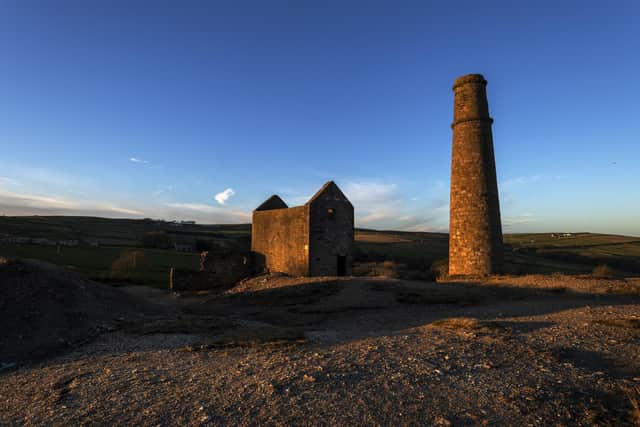The abandoned lead mine in a Yorkshire village near Skipton
Grade II-Listed, they are what remains of Cononley Lead Mine, a few miles from Skipton.
A group of lead mine buildings were erected in the village by the Duke of Devonshire’s agents between 1842 and 1847.
Advertisement
Hide AdAdvertisement
Hide AdAccording to the Northern Mine Research Society (NMRS), Cononley, Cononley lead mine produced around 470 tons of lead ore each year in its heyday, though output decreased from 1870 before the lead mine finally closed in 1881.


In the years that followed, however, there was still activity in the area, focused instead around other minerals including barytes.
The NMRS reports some 19,600 tons of the substance being mined in the 1920s and 30s.
Though it’s more often associated with urban centres, the industrial revolution also took hold in more rural locations like Cononley. Lead mining wasn’t the only industry in the area. Cottage weaving also gathered pace in the 1800s and textile mills brought prosperity to the village, employing a good chunk of its workforce.
Advertisement
Hide AdAdvertisement
Hide AdThough Cononley was a hive of activity around this time, there is evidence that people first settled there much earlier, in the Bronze and Iron ages.
A summary of the village’s early development by Cononley Parish Council explains how there were multiple different spellings of the name.
“The ending ‘ley’ refers to a clearing in the then wooded Aire valley and is shared with other Airedale communities,” it states. “The first part of the name is derived from either a personal name or a river or beck name.”
Today, what remains of Cononley lead mine can be found on the moorland surrounding the village. As captured in this picturesque image, it’s a great spot to not only reflect on the area’s industrial heritage but to explore the remote landscape and its impressive views.
Advertisement
Hide AdAdvertisement
Hide AdSupport The Yorkshire Post and become a subscriber today. Your subscription will help us to continue to bring quality news to the people of Yorkshire. In return, you'll see fewer ads on site, get free access to our app and receive exclusive members-only offers. Click here to subscribe.
